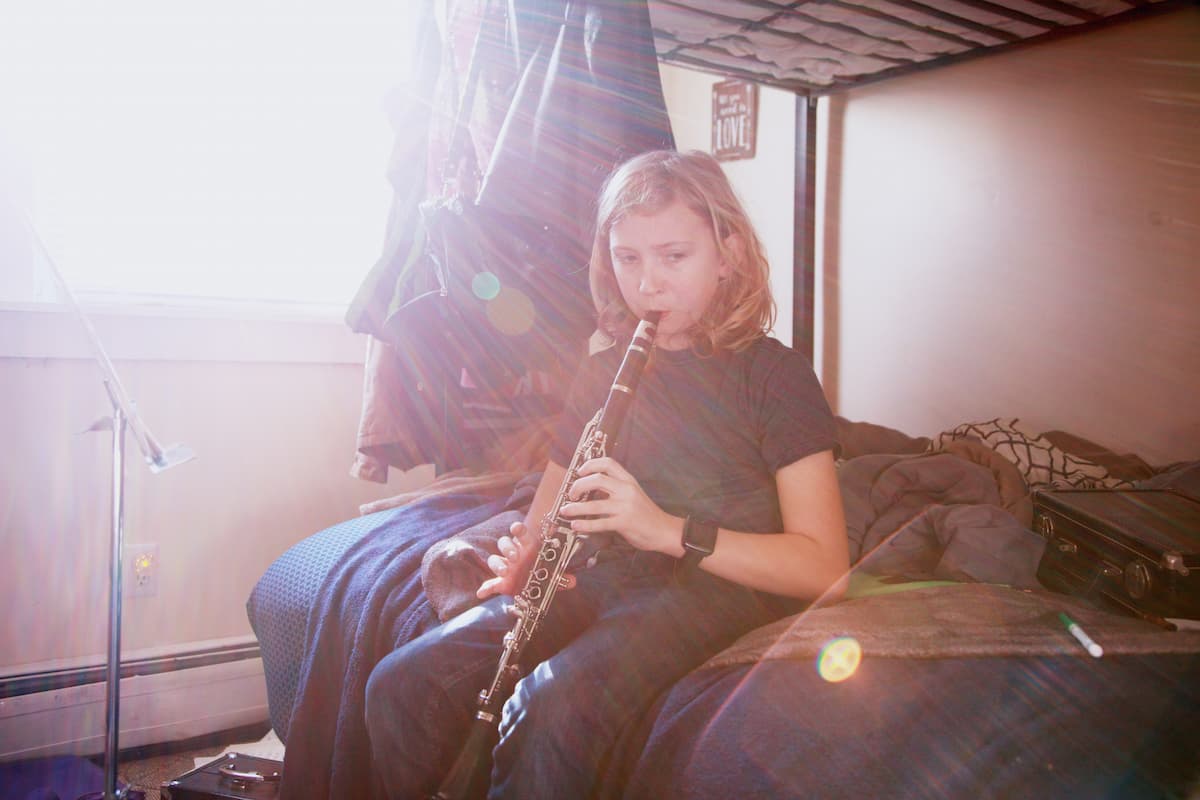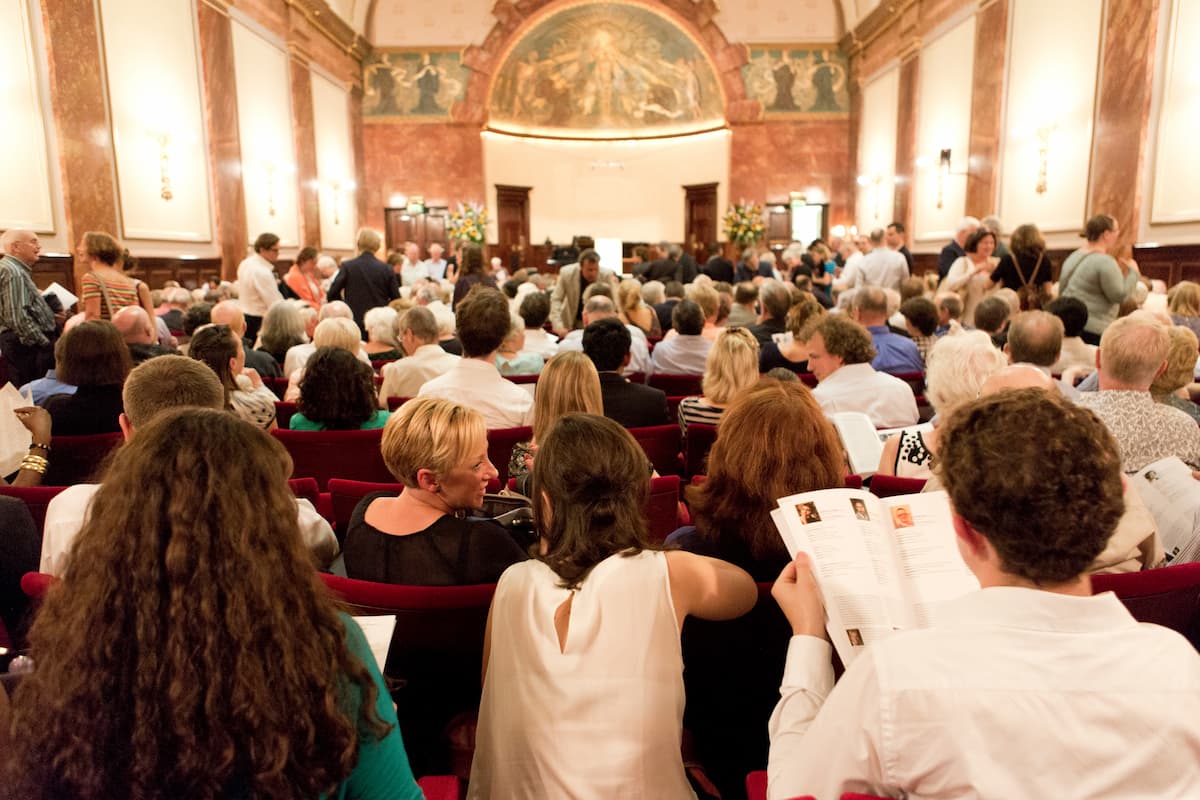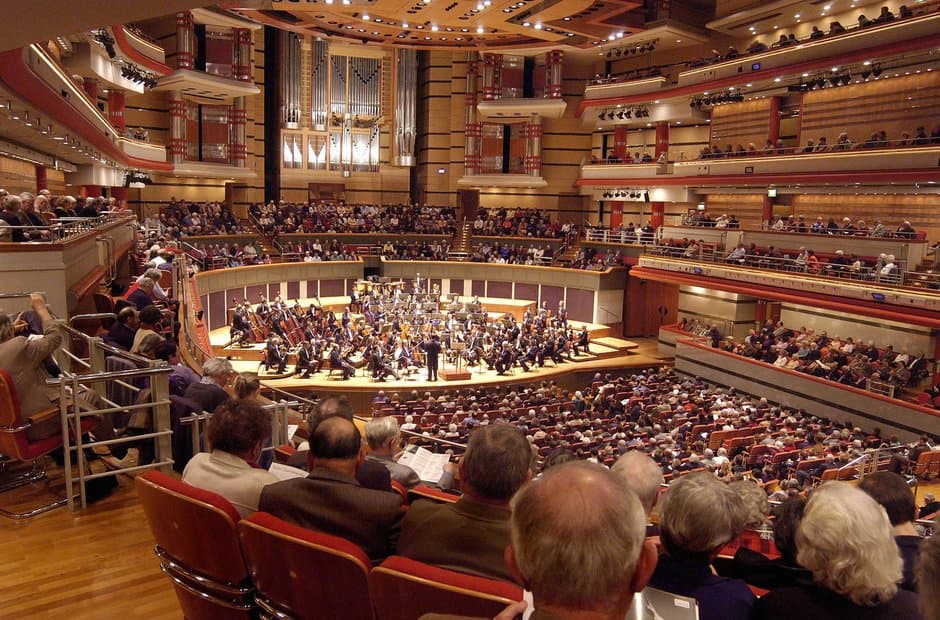 On the most basic level, we practice to get better, to become proficient, to ensure we never play a wrong note. However, productive practising should never just be mindless “note bashing”. As pianist and renowned teacher Seymour Bernstein says in his excellent book ‘With Your Own Two Hands’, “productive practising puts you in touch with an all-pervasive order. It is the total synthesis of your emotions, reason, sensory perceptions and physical co-ordination.”
On the most basic level, we practice to get better, to become proficient, to ensure we never play a wrong note. However, productive practising should never just be mindless “note bashing”. As pianist and renowned teacher Seymour Bernstein says in his excellent book ‘With Your Own Two Hands’, “productive practising puts you in touch with an all-pervasive order. It is the total synthesis of your emotions, reason, sensory perceptions and physical co-ordination.”
Clementi: Keyboard Sonatina in D Major, Op. 36, No. 6
On a simpler level, to me this translates as: Head, Heart, Hands, which I’ll call “the Three H’s”.
Head: Never practice mindlessly. Engage with the music, THINK about it. Be super-accurate in your reading and understanding of the score. Find out more about the composer and listen ‘around’ the piece to understand the context in which it was created. Think about what makes the piece special. What is the composer trying to convey? How will you express that message in your performance? What do you need to do to this music to “tell the story”? Learn patience when practising, and be receptive: rewards come slowly.
Heart: Fall in love with your instrument and its literature. I wouldn’t do it if I didn’t love it – and I know from conversations with other musicians, amateur and professional, that this is a common feeling. Immerse yourself in the music, lose yourself in it. If you love your music, you will work more creatively, and your unconditional love and emotional attachment will transform “deliberate concentration” into “spontaneous concentration” (Seymour Bernstein). This is what sports people call being “in the zone” or a flow state. At this magical point, you will feel everything more closely, every note, every nuance, thus bringing you more in accord with the composer’s intentions.
“Mechanical practising, if devoid of feeling, can produce accuracy but not musicality” (SB).
Remember, music is a language of emotion: without emotion, a performance can be empty and unconvincing. Allow yourself to be carried away by the exuberance of the music: playing with passion can even out “bumpy” sections far better than repetitive scales or arpeggios.
Hands: Every physical gesture we make at the piano transfers into an emotion – and vice versa. Engage your body – fingers, hands, arms, shoulders, back, torso, legs – and turn it into a vehicle for musical feeling. Be aware of everything you do and feel at the piano. Learn to sense the weight in your arms, from shoulder to finger tip, and experiment with different kinds of touch and movement to achieve different effects and emotions: high fingers, low fingers, wrist staccato, finger staccato, rotary motion, dropped wrist.
“The last note is never the last – it is a point of departure for something to come”
Seymour Bernstein, ‘With Your Own Two Hands’ (Schirmer, 1981)
More Opinion
-
 Nurturing the Musical Brain It is essential to make music part of someone’s development as early as possible
Nurturing the Musical Brain It is essential to make music part of someone’s development as early as possible -
 Music for Life Skills Learning a musical instrument can contribute to personal development and success
Music for Life Skills Learning a musical instrument can contribute to personal development and success -
 Alone Yet Together: The Shared Experience of Live Performance Attending a concert alone is not an act of isolation
Alone Yet Together: The Shared Experience of Live Performance Attending a concert alone is not an act of isolation -
 Let’s Celebrate and Nurture Classical Music’s Core Audience Obsession with attracting a young audience seems to be exclusive to classical music
Let’s Celebrate and Nurture Classical Music’s Core Audience Obsession with attracting a young audience seems to be exclusive to classical music





So nice
I love this, as a new pianist who is still learning I found this piece of instructions welcoming.
Thanks
Nice